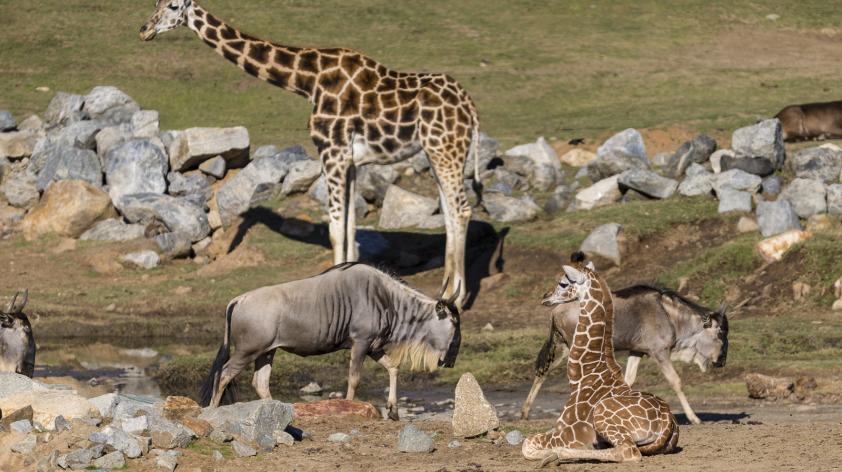
Two sides of Herpes
If you were a virus, which one would you be? What about a herpesvirus? You can lay dormant in your favorite host and go undetected, just hiding away in a latent stage. However, if you jump into a susceptible host you risk wreaking havoc to its systems leading to tissue damage or even rapid death. Which means you lose your home.
Herpesviruses can actually be found in most animal species including many hoofstock. If a hoofstock is infected with a host-adapted strain then it can carry the virus for many years without showing clinical signs of disease. However, if the hoofstock catches a herpesvirus that it is susceptible to from another animal species then this can have devastating consequences.
At the San Diego Zoo Safari Park there are large multi-species enclosures in which animals from the same geographic region can roam together. This provides a more natural setting. On the other hand, they may come into more frequent contact with enclosure mates of a different species than would occur in the wild. We investigated roughly 500 samples from over 50 animal species at the San Diego Zoo Safari Park for herpesvirus.
We did this with traditional PCR and Next Generation Sequencing technology. The latter produced about 11 million sequence reads that were run through a complex bioinformatics pipeline. This enabled high resolution differentiation between different herpesvirus strains. All in all we detected a large number sequence variants of gamma herpesviruses. Some of these have previously been described whereas a number of variants have not been reported. The diversity of herpesviruses in these animals was far greater than we had expected. So was the diversity of hoofstock they infect.
Most of the infected animals in the study were healthy. There were only a few cases of malignant catarrhal fever, a disease caused by herpesvirus. More research needs to be done to see which of the many variants poses the greatest health risk to a particular species.













